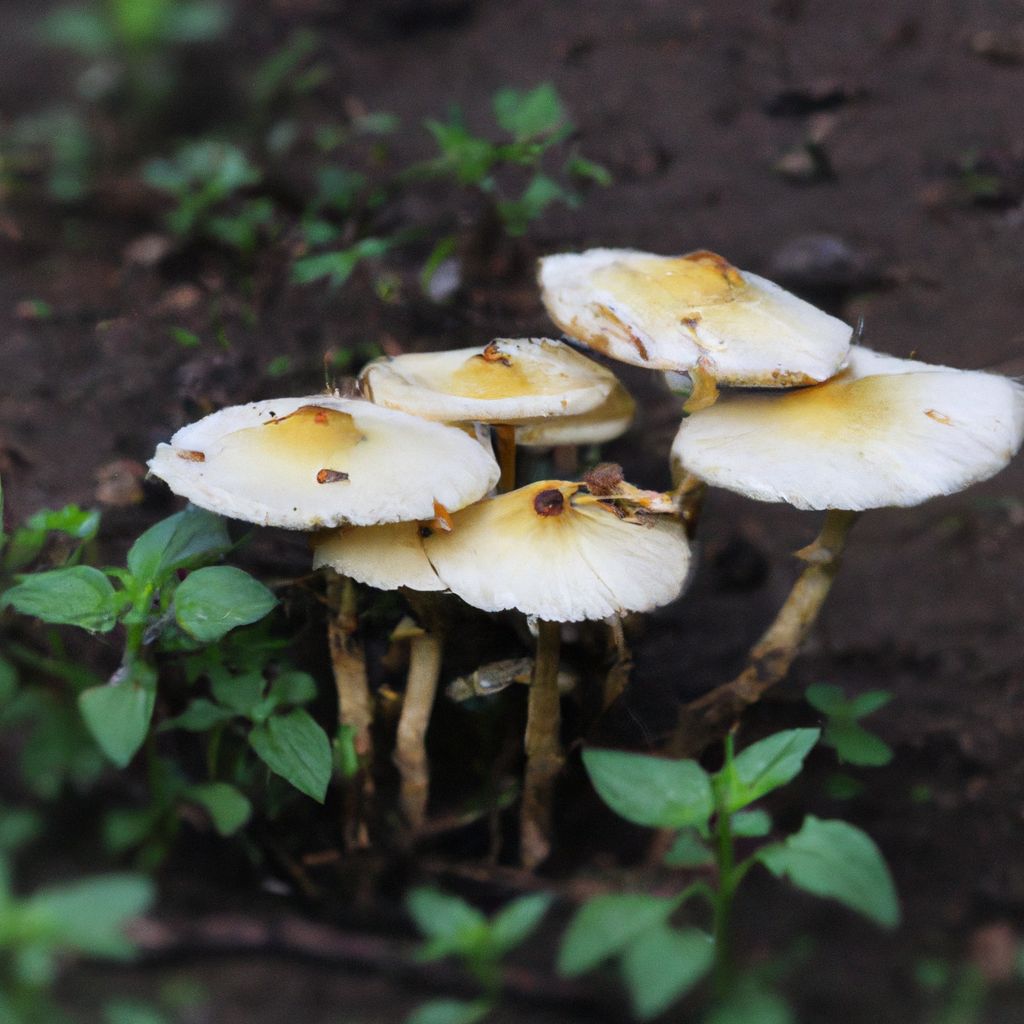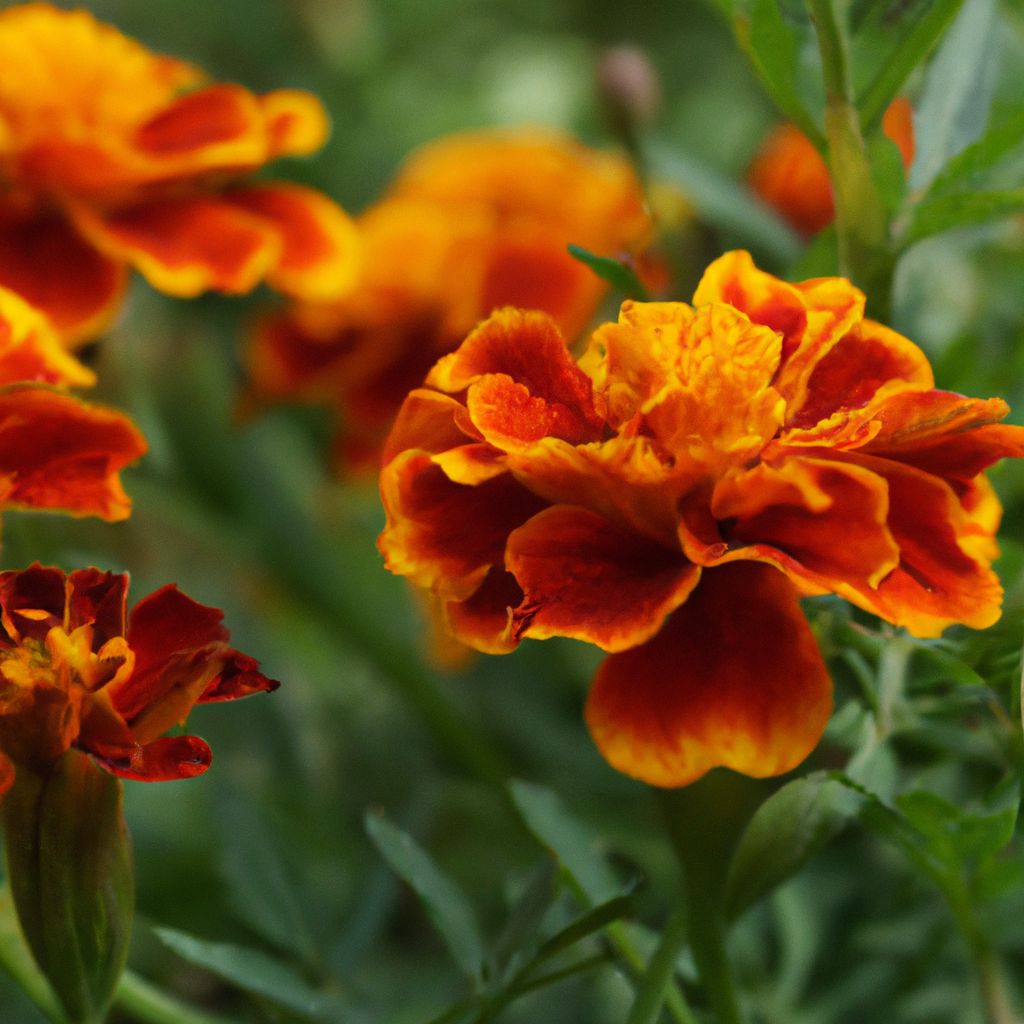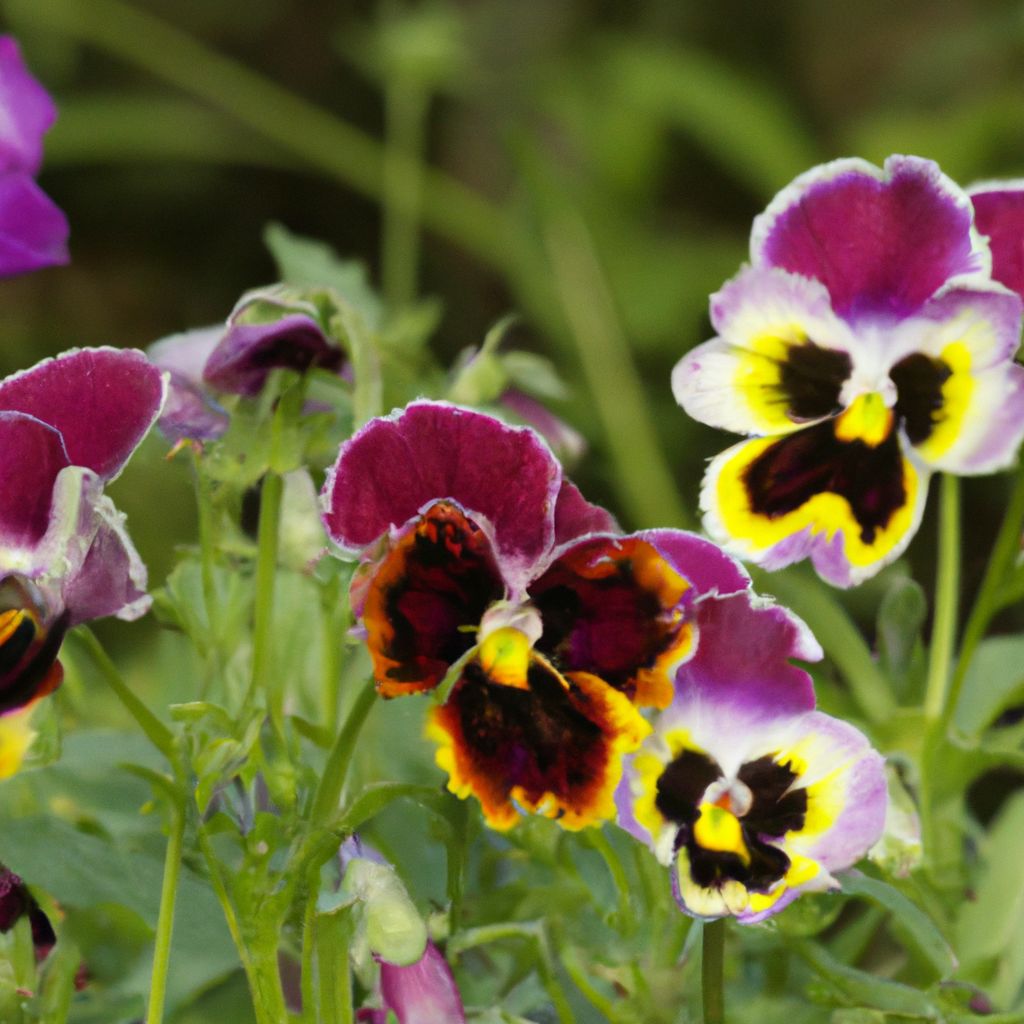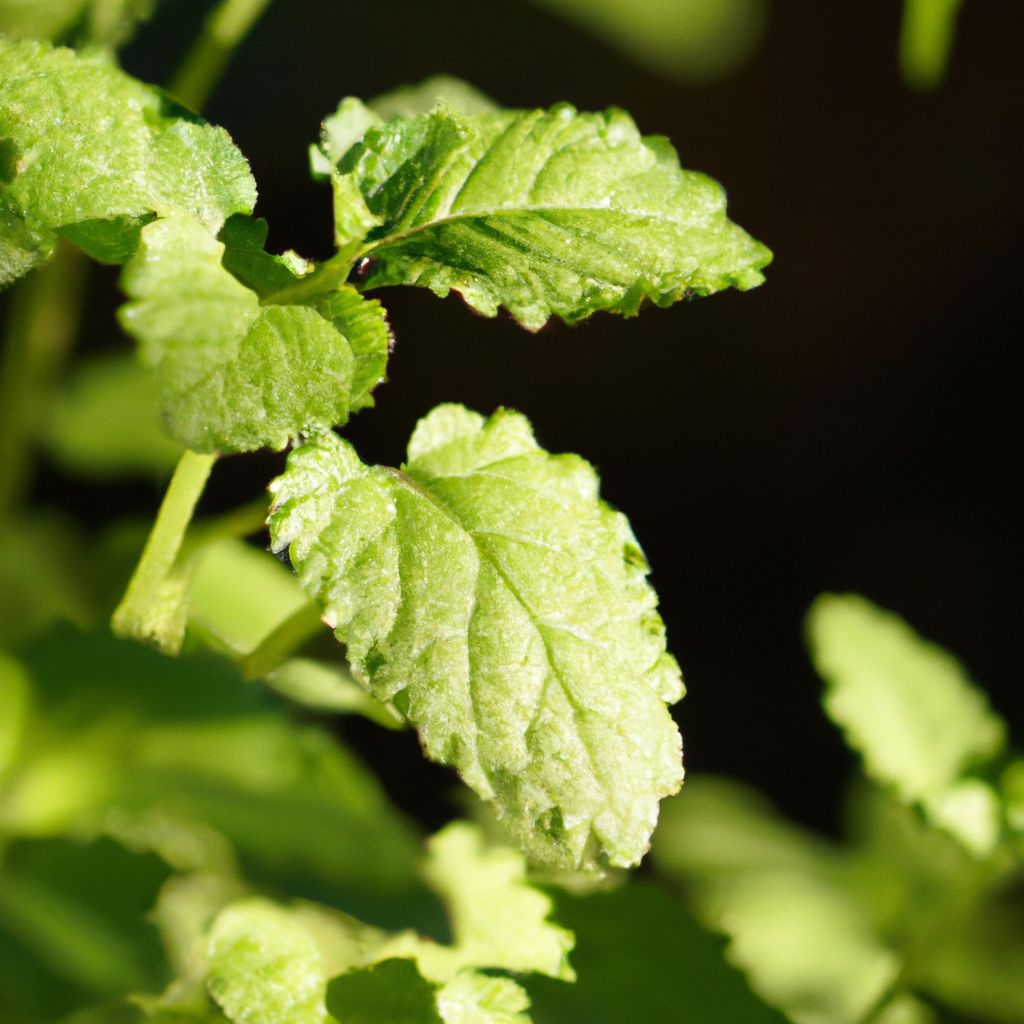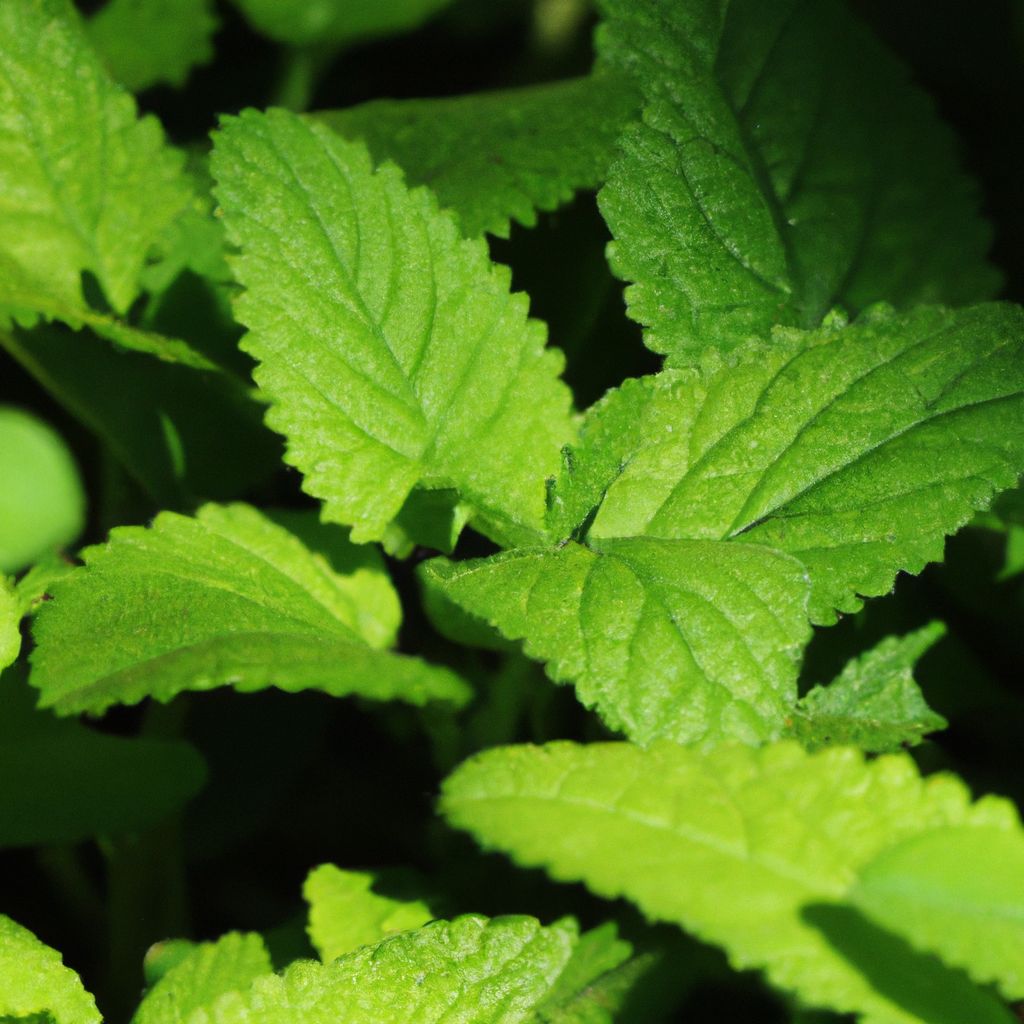Monsoon fungi, specifically mushrooms, are a fascinating aspect of the monsoon climate. With their unique characteristics and abundance during this season, they offer a plethora of benefits for both culinary and health purposes.
Unique Characteristics of Mushrooms in the Monsoon Climate
Mushrooms that thrive in the monsoon climate exhibit unique characteristics that make them well-suited for this specific environment:
Rapid Growth: The high humidity and moisture levels enable mushrooms to grow quickly. During the monsoon season, the ideal environmental conditions allow the mushrooms to proliferate rapidly. Their growth rate is accelerated significantly compared to other seasons.
Abundance of Nutrients: The ample rainfall enriches the soil and creates ideal conditions for mushroom growth, resulting in a higher concentration of nutrients. The nutrients absorbed by the mushrooms during the monsoon season include a wide range of essential vitamins, minerals, antioxidants, and other beneficial compounds.
Diversity of Species: The monsoon climate supports a wide variety of mushroom species, each with its own distinct characteristics and flavors. There is a remarkable diversity found in monsoon mushrooms, ranging from common varieties to extremely rare species. Each type possesses unique flavors, textures, aromas and appearances.
Medicinal Properties: Many monsoon mushrooms possess medicinal properties, such as boosting immunity, reducing inflammation, and improving digestion. Compounds found in these mushrooms, such as polysaccharides, terpenoids and phenolics, have been shown to offer anti-inflammatory, antioxidant and immunomodulatory benefits.
Ecosystem Benefits: Mushrooms play a vital role in the monsoon ecosystem by decomposing organic matter, recycling nutrients, and promoting overall soil health. As prolific decomposers, they break down dead plant material during the monsoons, releasing valuable nutrients back into the soil. This supports new plant growth and bolsters the health of the entire ecosystem.

How Mushrooms Adapt to the Monsoon Season
Mushrooms possess unique abilities to adapt to the wet conditions:
Their fine, delicate structures enable swift moisture absorption from the air and ground, aiding rapid growth. The mushrooms’ cap and gill structure allows them to easily capture water droplets from rain and humidity. This precipitated moisture quickly percolates through the mushroom tissue, supplying the nutrients needed for proliferation.
The symbiotic relationship of mushrooms with mycelium allows them to efficiently obtain nutrients from decaying matter, ensuring ample nourishment despite heavy rains. The extensive underground mycelial networks tap into surrounding organic material. Enzymes and acids produced by the mycelium break down this matter, enabling the mushrooms to derive vital nutrients even when rainfall leaches elements from the topsoil.
Increased rainfall and humidity create favorable conditions for spore dispersal, contributing to widespread abundance. The monsoon winds carry the microscopic spores far and wide once released from the mushroom caps. The spores then germinate to produce new mushroom colonies across large areas. The optimal weather conditions lead to very high rates of spore distribution and viability during the monsoons.
Morphological Adaptations
In addition to the moisture absorption abilities, mushrooms have adapted special physical features that are beneficial during the monsoons:
Smooth, hydrophobic cap surfaces cause water to easily run off without accumulating excess moisture
Long, tubular stem structures provide vertical elevation to raise fruiting bodies above overly wet ground conditions when needed
Tiny pores underneath caps rather than gills in certain species protect developing spores from getting washed away by raindrops
Life Cycle Timing
The mushroom life cycle is closely synchronized with monsoon timing. Spores generally germinate right at the onset of monsoons when moisture levels rise. The mycelium then proliferates extensively during wet conditions. Fruiting bodies finally emerge toward the end, allowing time for spores to disperse just as the monsoon draws to a close.
Why Mushrooms Flourish in the Monsoon
The monsoon’s increased humidity and rainfall provides necessary moisture for mushrooms to thrive. The wet soil allows mushroom mycelium – underground networks of roots – to spread rapidly and absorb nutrients efficiently.
The constant precipitation supplies continuous moisture, accelerating growth. Warm temperatures also stimulate metabolic activity, enhancing proliferation.
Certain mushroom species have adapted specifically to utilize the monsoon’s abundant moisture and nutrients through efficient absorption. For example, Oyster mushrooms contain hydrophobins – special proteins that empower fast water absorption.
Nutrient Abundance
The heavy monsoon rains leach nutrients deep within the soil and forest litter. The extensive mycelial networks of mushroom effectively access and transport these nutrients to the fruiting bodies. Compounds released by mycelium also solubilize soil nutrients, further increasing availability.
The higher nutrient levels lead to faster mushroom growth along with larger fruiting body size and density during the monsoons. Research shows monsoon mushrooms can contain about 25-30% higher protein content compared to other seasons.
Favorable Environmental Conditions
Aside from moisture, other environmental factors make the monsoon climate highly suitable for mushrooms:
Increased humidity creates ideal microclimates with limited evapotranspiration
Cloudy days provide shade which mushrooms prefer over direct sunlight
Warm temperatures accelerate biological and enzymatic activity within mushrooms
Storm winds enable widespread Distribution of spores across forests
Species Specific Adaptations
Particular mushroom types have developed specialized adaptations to take maximal advantage of the monsoon seasons:
Paddy straw mushrooms can tolerate flooding and waterlogged substrates
Puffballs have evolved an inner spore sac to protect spores from heavy rain
Bioluminescent fungi use faint lighting to attract spore spreading insects even during dark & wet weather

Identifying Suitable Mushrooms
When identifying mushrooms for the monsoon climate, key aspects to examine include:
- Gill patterns and colors – distinctive morphological indicators of species
- Cap shape and size – wide caps allow collection of falling raindrops
- Stem characteristics – vertical stems elevate caps above wet ground
- Spore print color – shows spore maturity and protective adaptations
- Growing environment – most monsoon mushrooms grow in wet soils near roots
Properly identifying mushrooms using these features ensures safety and reveals the diversity of monsoon species. Accurately differentiating edible from poisonous fungi is especially essential during the monsoons when many types suddenly emerge.
When to Forage
It is best to forage for monsoon mushrooms during the peak fruiting times:
Early monsoons – Morels, Chanterelles
Mid-late monsoons – Oysters, King Trumpets
Post-monsoons – Matsutakes, Coral fungi
These mushrooms often disappear shortly after heavy rainfall. Hence, foraging during intermittent sunny periods while moisture still remains in the underlying substrate can be an opportune window.
Where to Find Monsoon Mushrooms
Potential foraging grounds include:
Bases of trees with extensive roots – provides prime habitat
Along streams & river banks – moisture runoff flows to these areas
Grazing lands – nutrients inputs from cattle dung
Decaying logs & leaf litter – ideal substrates
Observing where wild mushrooms emerge year after year also provides clues to the best areas.
Common Monsoon Mushroom Species
Some commonly found monsoon mushroom species include:
- Button Mushrooms – Contain high content of dietary fiber & manganese. Best used fresh in salads or sandwiches.
- Oyster Mushrooms – Rich in vitamin C & potassium. Have a subtle umami flavor good for stir fries.
- Caesar’s Mushrooms – Named after Roman emperors who considered them a delicacy. Possess an nutty/citrusy taste.
- Straw Mushrooms – Grow naturally on rice straw. Often dried for use in soups & gravies.
- Shiitake Mushrooms – Prized medicinal mushroom used for boosting immunity. Adds savory flavor to broths & meats
- Reishi Mushrooms – Called the “Mushroom of Immortality” in ancient China. Still used today in teas and supplements to combat fatigue, allergies and infections.
Culinary Uses
Monsoon mushrooms work exceptionally well in various dishes:
- Soups – Flavors blend well into broths while mushrooms add hearty textures
- Salads – Sauté and toss with greens, veggies and dressing
- Risottos & Rice – Complement the inherent flavors of the grains
- Kabobs – Alternate with vegetables on skewers then grill
- Omelettes – Include as tasty savory fillings along with herbs and cheese
Due to the water content, monsoon mushrooms may require additional binding ingredients when cooking.

Storage & Preservation
To extend the shelf life of fresh monsoon mushrooms:
Refrigerate in breathable packaging shortly after picking
Display in open basket in cool area away from sunlight
Pickle in acidic mediums like lemon juice or vinegar
Dry thoroughly then store in airtight containers
Key Identification Features
Crucial features to examine when identifying monsoon mushrooms include:
- Gill Arrangements – closer or further apart based on species
- Gill Attachments – free from or broadly/narrowly attached to stems
- Cap Textures – smooth, scaly, grooved etc. based on type
- Veils & Volvas – temporary fragile tissues protecting immature mushrooms
- Stem Attributes – hollow/solid and colors of interior/exterior stem
- Mycophilic Associations – symbiosis with certain plant roots
Identifying mushrooms can be exciting yet requires caution, as some species are toxic. Consult expert resources when unsure.
Sensory Identification Factors
Other factors aiding identification:
Appearance – size, symmetry, texture
Odor – ranging from pleasant to foul
Taste – indicative of edibility/toxicity
Spore color – seen as powdery imprint on surfaces
Ecological Associations
Take note of ecological interactions:
Growing substrate – soil, wood, leaf litter etc.
Associated vegetation – specific host trees
Pollinating insects – flies, gnats, bees
Foraging animals – deers, squirrels, mice
Lab Analysis Methods
Advanced mushroom identification involves:
DNA analysis to identify genetic sequences
Spectroscopy to obtain biochemical profiles
Microscopy for detailed structural examination

Health Benefits
Consuming monsoon mushrooms provides many health benefits:
1. Immune Function Enhancement
Compounds like alpha-glucans strengthen immune activity against bacterial/viral infections and tumors by:
Stimulating macrophage production
Increasing T-cell proliferation
Boosting cytokine signaling molecules
This helps prevent and treat cold/flu, chronic infections and even autoimmune conditions.
2. Anti-Inflammatory Effects
Monsoon mushrooms have natural anti-inflammatory substances including terpenes, phenols and lectins that:
Inhibit pro-inflammatory cytokines
Modulate inflammation-linked pathways
Lower histamine production
This alleviates inflammatory issues like arthritis, colitis, bronchitis etc.
3. Antioxidant Protection
Abundant antioxidants particularly ergothioneine and glutathione in monsoon mushrooms:
Scavenge and neutralize free radicals
Repair oxidatively damaged molecules
Enhance endogenous systems like SOD/catalase
This shields against oxidative stress implicated in cancer, organ dysfunction, accelerated aging etc.
4. Improved Heart Health
Consumption lowers cholesterol levels and chances of atherosclerotic plaques by:
Binding bile acids to reduce reabsorption
Increasing HDL while lowering LDL/triglycerides
Preventing platelet aggregation and thrombus formation
Thereby cutting cardiovascular disease risk factors meaningfully.
5. Blood Sugar Control
Studies demonstrate monsoon mushroom extracts:
Stimulate insulin secretion
Modulate insulin signaling pathways
Increase glucose uptake and glycolysis
Hence, helping manage diabetes and high blood sugar conditions.
However, properly identify and prepare mushrooms to avoid potential risks. Consult knowledgeable experts before consuming.
Bioactive Compounds
Myriad beneficial bioactive compounds are found within monsoon mushrooms:
Polysaccharides – Beta glucans & alpha glucans enhance immunity
Terpenoids – Active terpenes battle tumors & microbes
Phenolics – Antioxidant polyphenols neutralize free radicals
Lectins – Special binding proteins trigger beneficial effects
Cultivating Medicinal Species
Notable disease-fighting mushrooms to grow in monsoons:
Turkey Tail – anti-viral and anti-cancer
Lion’s Mane – stimulates nerve growth
Cordyceps – boosts respiratory health
Agarikon – potent anti-bacterial
Amadou – strong anti-inflammatory

Nutritional Values
Monsoon mushrooms provide:
- Complete Proteins – All 9 essential amino acids for tissue growth/repair
- Heart Healthy Fiber – Lowers blood cholesterol and enhances cardiovascular function
- Immunity Boosting Vitamins – High amounts of niacin, riboflavin, biotin etc.
- Essential Minerals – Good sources of bioavailable iron, zinc, manganese and selenium
- Potent Antioxidants – Ergothioneine, polyphenols, carotenoids, tocopherols etc. combat oxidative damage
- Prebiotic Content – Nourishes beneficial gut bacteria aiding digestion
Additionally, monsoon mushrooms have very low fat/carb content and just 25-40 calories per 100g serving. Hence excellent nutrition sources.
Incorporating into Diet
Ways to integrate monsoon mushrooms:
- Add to salads, sandwiches, wraps for extra flavor/nutrition
- Make mushroom broth for nutritious background to sauces/dishes
- Use mushroom powder as seasoning substitute providing umami taste
- Blend into smoothies, juices or bake into snacks bars/breads
- Develop fermented foods/condiments using mushroom starter cultures
Bioaccumulation Precautions
Monsoon mushrooms absorb substances from the environments they grow in. While this enriches nutritional value, it also leads to bioaccumulation of toxic heavy metals, pesticides etc. Hence, exercise caution regarding source location when harvesting and consuming wild monsoon mushrooms.
Contribution to Well-Being
Consuming monsoon mushrooms contributes to overall well-being by:
Supporting Gut Health
The prebiotic fiber and antimicrobial compounds in monsoon mushrooms help regulate gut function by:
Stimulating growth of beneficial Bifidobacterium
Inhibiting pathogens like Helicobacter pylori
Improving barrier integrity and intestinal absorption
Thereby lowering risk of dysbiosis, IBS and infections.
Bolstering Mental Health
Nerve growth factors and neurotransmitter precursors in certain monsoon mushrooms help:
Increase hippocampal neurogenesis
Stimulate synthesis of mood-elevating serotonin
Protect neuronal DNA from damage
Thus reducing anxiety, depression and age-related cognitive decline.
Providing Micronutrient Support
Micronutrients in monsoon mushrooms aid various processes:
Manganese assists bone/tissue growth & blood sugar regulation
Zinc boosts immunity & speeds wound healing
B vitamins maintain energy levels & combat inflammation
Ensuring optimal functioning of bodily systems.

Cultivating Monsoon Mushrooms at Home
Follow these steps to cultivate monsoon mushrooms at home:
Selecting Species – Choose mushrooms suited to monsoon climate like Oyster, Shiitake or Button mushrooms. Consider growth difficulty, yield potential and preference.
Preparing Substrate – Pasteurize substrate materials like straw, sawdust, woodchips or coffee grounds to kill contaminants. Must have proper moisture content.
Spawn Inoculation – Add mushroom spawn evenly across the substrate to introduce mycelium into the material. Spawn ratios vary by species.
Incubation – Keep inoculated containers in dark, humid and adequately ventilated areas until the substrate is fully colonized by mycelium, typically 10-28 days.
Initiating Fruiting– Create appropriate fruiting condition triggers like light exposure, temperature shifts or humidity changes once mycelial colonization completes. This induces emergence of mushroom fruiting bodies.
Managing Fruiting Chamber – Carefully control temperature, humidity and fresh air exchange during fruiting period to attain best productivity. Mist/fan appropriately.
Harvesting – Use clean cuts to remove mature mushroom clusters, leaving some stem base to re-grow. Pick before sporulation.
Subsequent Flushing – For certain species, introducing additional lighting/moisture triggers can induce further flushes 2-3 weeks after initial harvest.
Growing Systems
Methods to cultivate mushrooms:
Container farming – simple and low cost
Vertical stacks/racks – maximizes yield in small spaces
Outdoor logs/stumps – leverages natural environment
Climate controlled facilities – large scale production
Key Growing Parameters
Variables significantly impacting cultivation:
Strain/Spawn Selection
Substrate Composition
Moisture & Humidity
Ventilation & CO2
Light Exposure
Temperature & Microclimate
pH Balance
Careful control over these parameters results in profuse, nutritious mushroom growth.
Cultivation Considerations
For successful cultivation in monsoon climates:
- Select species well-adapted to the climate
- Begin cultivating just before monsoon onset
- Maintain cleanliness and hygiene throughout
- Monitor for disease/pests and address issues
- Understand species-specific needs like light and water requirements
Contamination Prevention
Proactive measures against contamination:
Use sterilized substrates & tools
Inoculate in clean environments
Avoid exposing inoculated containers
Sanitize working area regularly
Pest Management
Common mushroom pests and control strategies:
Fungus Gnats – Use yellow sticky traps, introduce predators
Mites – Spray neem oil or predatory mite species
Nematodes – Solarize soil, rotate crops
Slugs & Snails – Remove hiding spots, use iron phosphate baits
Disease Identification & Treatment
Distinct symptoms help diagnose common diseases:
Verticillium – Drooping, wilting, yellowing
Trichoderma – Rapid green mold growth
Mycogone – Wet bubble lesions on caps
Promptly isolate and discard severely infected crops. Improve conditions to avoid future outbreaks.

Safety Precautions and Potential Risks
When foraging monsoon mushrooms:
- Accurately identify edible species with guides or experts to avoid poisonous fungi
- Harvest mushrooms growing far from pollution, pesticides or contaminated water to prevent absorption of toxins
- Only collect mushrooms you can positively identify and always cross reference physical features with those listed in field manuals
- Try a small portion on first consumption then wait 48 hours before having a full serving to check for allergies or negative reactions
- Leave some mushrooms intact in each habitat and minimize ground disruption to preserve ecological balance
Toxicity Symptoms
See immediate medical help if experiencing:
Digestive distress – cramps, vomiting, diarrhea
Neurological effects – dizziness, sweating, vision changes
Liver problems – jaundice, abdominal pain
Kidney issues – painful urination
Mushroom Allergies
Allergic reactions may manifest as:
Skin inflammation, redness, itching
Respiratory issues – wheezing, coughing, tightness
Gastrointestinal problems – nausea, cramping
Antihistamines can provide symptom relief.
Ecosystem Considerations
When harvesting wild mushrooms:
Do not use rakes or tools that heavily disrupt soil
Avoid trampling sensitive environments
Do not collect over 20% of mushrooms in any area
Help distribute spores by gently shaking mushrooms before collecting
This encourages future regrowth and conservation of local mycelial networks.
Sustainable Foraging Guidelines
Best practices include:
Rotate through different mushroom habitats each season
Forage only every few years in each location
Join a forager’s cooperative to share locations sustainably
When abundance is very high, preserve excess harvested mushrooms for later use
Adhering to sustainable harvesting methods ensures mushroom viability for years to come.











































